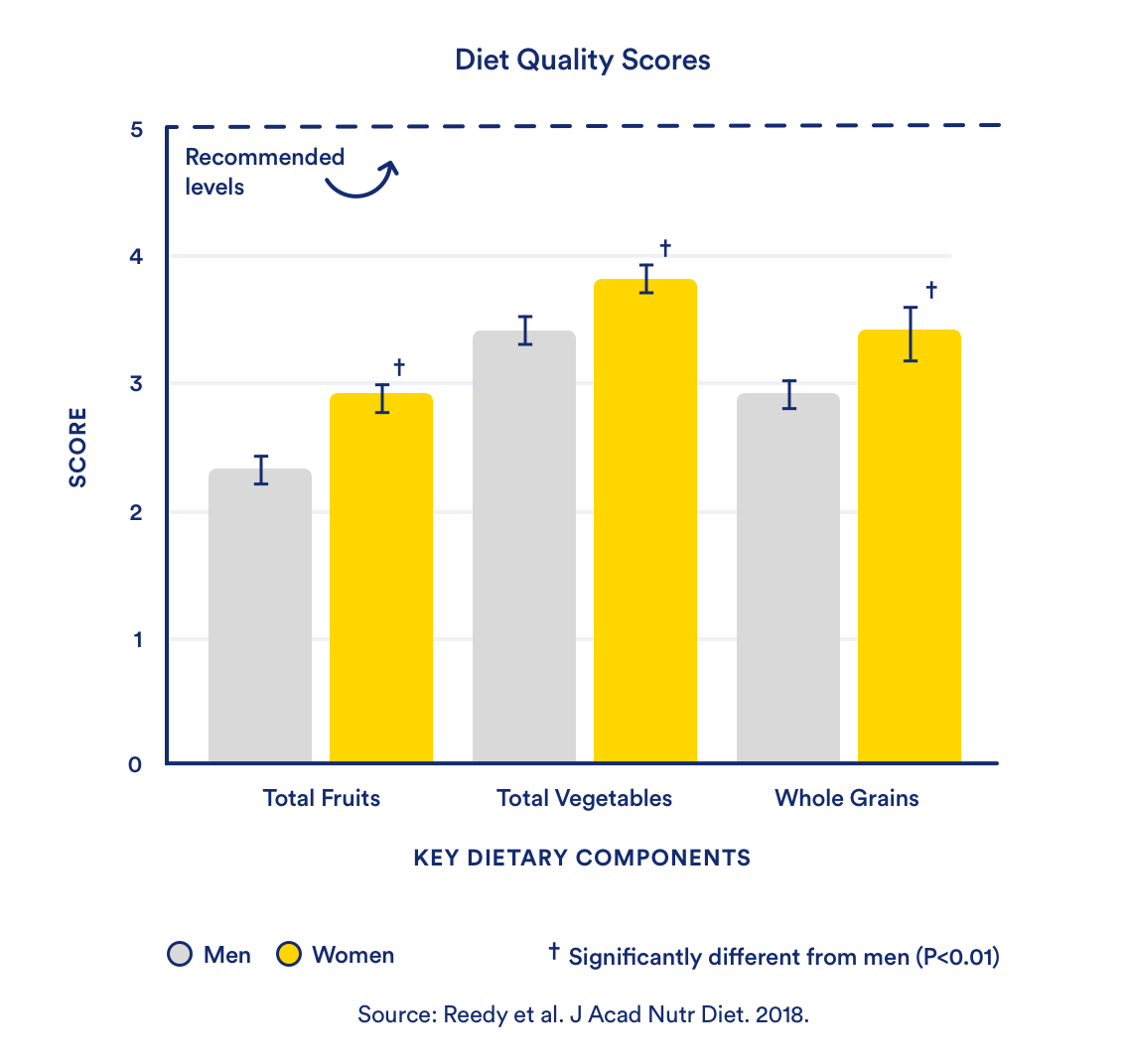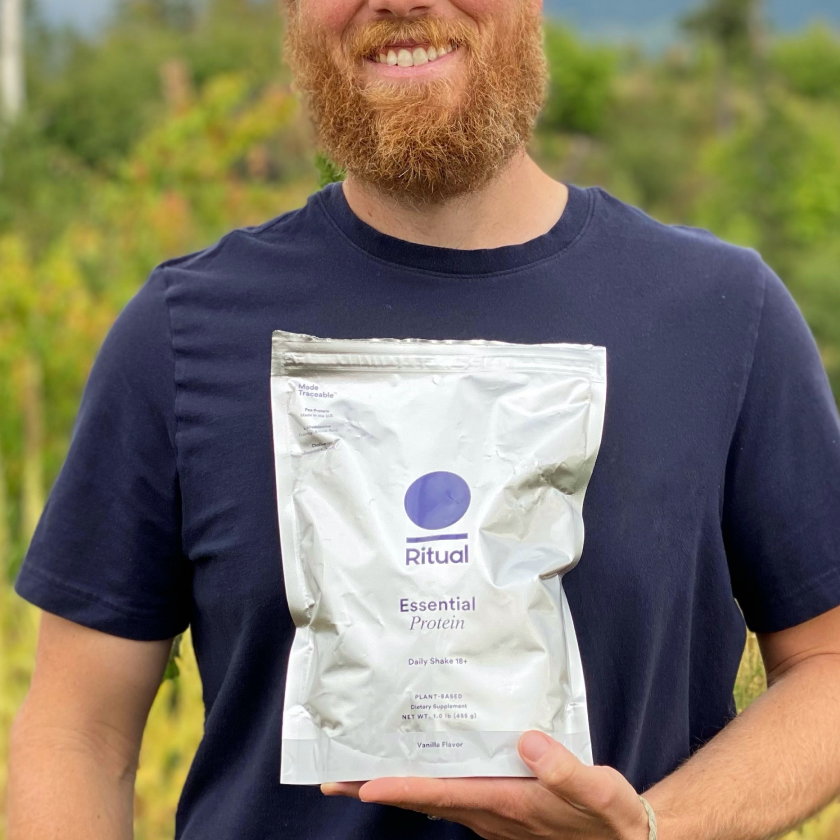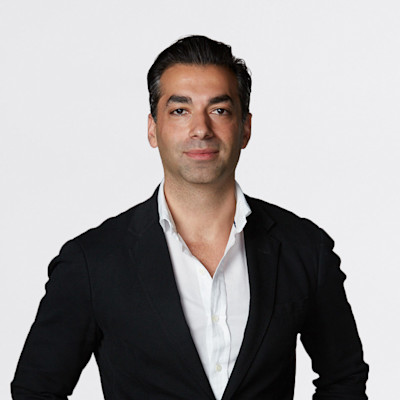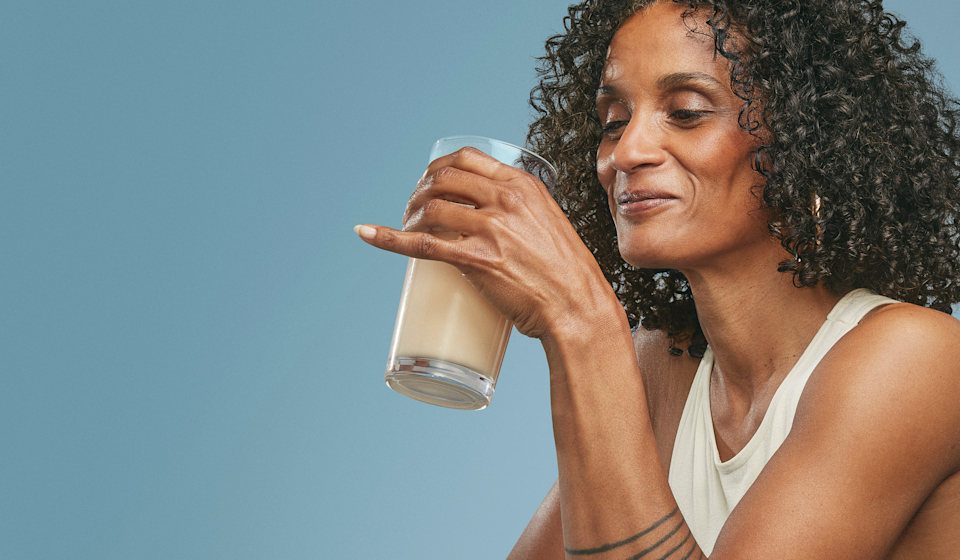Essential Takeaways
- Men and women have slightly different nutrient needs—which might mean we have slightly different nutrient gaps.
- But evidence also suggests that men’s diets are falling behind when it comes to getting enough fruits and vegetables, as well as specific nutrients like vitamin A and magnesium.
Even the most fit among us may have certain blind spots when it comes to health and wellness. Take nutrition, for example: Even if we’re aiming to eat a healthy diet the majority of the time, there are other things that can get in the way of meeting daily nutrient needs, like dietary restrictions, genetic variations, and more. The bottom line? While we always recommend aiming to meet nutritional requirements through food first, doing it “perfectly” can be a tall order—and chances are there could still be gaps. Those gaps can look different depending on age, gender or assigned sex at birth, and current life stage—but many of us have them in some form.
Even though most of us may be vulnerable to gaps, recent data shows that men in particular are falling behind women when it comes to their diets—from general fruit and vegetable intake to specific nutrients like vitamin A and magnesium.*
In other words: It’s time to level up nutrition habits. And learning precisely where nutrient gaps could be is the first step.
















